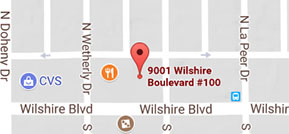Bunion Surgery
A bunion is a painful foot deformity caused by enlargement of the joint at the base of the big toe. Bunions often require surgical intervention to reduce pain, improve mobility of the toe, and correct related foot deformities.
There are countless variations of bunion surgery. In general, bunion surgery involves the removal or realignment of soft tissue and bone near the toe joint. If the joint is severely deformed, it can be stabilized with wires, stitches, screws, or plates.
There are more than 100 different types of surgery that can be used to treat bunions. It is also common for surgeons to combine multiple procedures in order to treat the additional foot deformities that occur alongside bunions. Bunion surgery is performed as an outpatient procedure. The surgery usually lasts an hour or longer; the length of the procedure depends on the complexity of the deformity. Surgery begins with an incision on the top or side of the big toe joint. The procedure may include any of the following:
- Fusion of the big toe joint.
- Fusion of the joint between the metatarsal bone and midfoot.
- Insertion of an artificial joint.
- Insertion of wires, screws, or plates to stabilize the joint.
- Realignment of soft tissue near the joint.
- Removal of bone from the foot or toe.
- Removal of the bony outgrowth (this is referred to as a bunionectomy).
The length of recovery time following bunion surgery depends on the amount of tissue and bone affected. You may or may not have to use crutches. Complete recovery can take up to a year.




